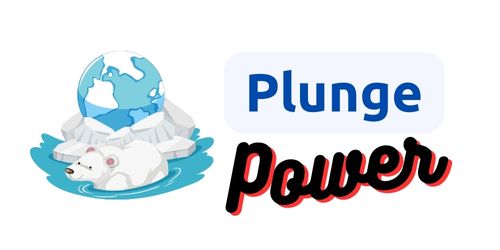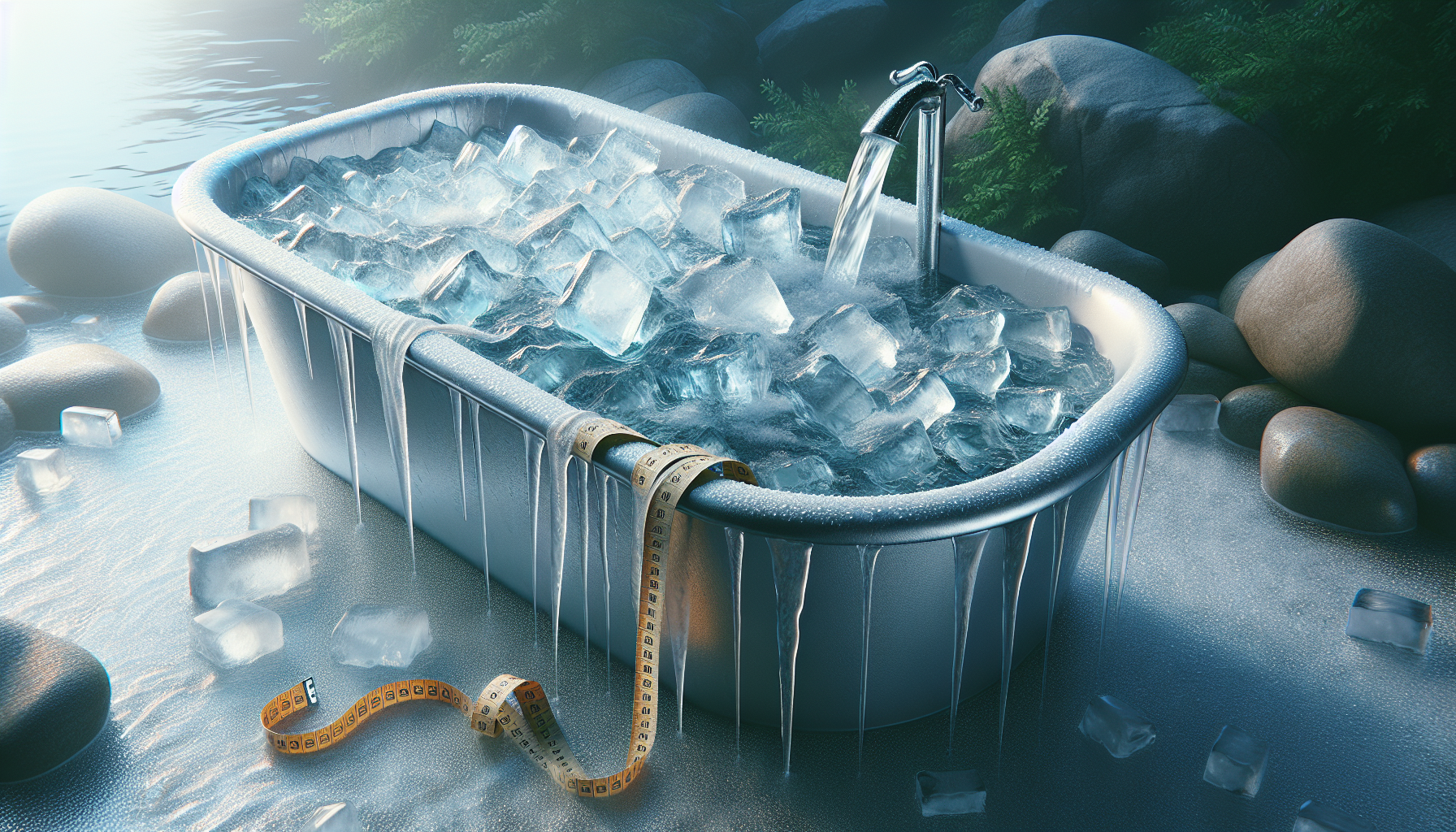Are you curious about how often you should incorporate ice baths into your routine? Look no further! In this article, we will explore the optimal frequency for indulging in this chilly form of therapy. From athletes seeking to enhance their performance to individuals looking for post-workout recovery, understanding the ideal frequency can make all the difference in experiencing its benefits. So, let’s dive in and discover how often you should ice bath!
How Often Should you Ice Bath?
Factors to Consider
When determining how often you should incorporate ice baths into your routine, there are several important factors to take into consideration. These factors will help you tailor your ice bath frequency to meet your specific needs and goals.
Training Intensity
One key factor to consider when deciding on ice bath frequency is the intensity of your training sessions. If you engage in high-intensity workouts on a regular basis, you may benefit from more frequent ice baths to aid in recovery. On the other hand, if your workouts are less intense, you may not require ice baths as often.
Training Volume
Another factor to consider is the volume of your training. If you engage in high-volume workouts, such as long-distance running or endurance training, your muscles may experience more fatigue and damage. In this case, incorporating ice baths more frequently can help to alleviate muscle soreness and promote recovery.
Recovery Goals
Your specific recovery goals also play a role in determining the frequency of ice baths. If you are aiming to maximize muscle recovery and reduce inflammation, you may opt for more frequent ice baths. However, if your primary goal is injury prevention, you may adjust the frequency accordingly.
Individual Preferences
Lastly, it is important to consider your individual preferences. Some individuals may find ice baths to be an effective and enjoyable recovery method, while others may find them uncomfortable or unpleasant. It is essential to consider your personal preferences and how often you are willing to incorporate ice baths into your routine.
Benefits of Ice Baths
Ice baths offer numerous benefits for athletes and recreational exercisers alike. By incorporating ice baths into your recovery routine, you can experience the following advantages:
Reduced Inflammation
One of the primary benefits of ice baths is their ability to reduce inflammation in the muscles and joints. The cold temperature of the water causes blood vessels to constrict, which helps to decrease swelling and inflammation. This can be especially beneficial after intense workouts or when dealing with muscle or joint injuries.
Enhanced Muscle Recovery
Ice baths are widely recognized for their ability to enhance muscle recovery. The cold water stimulates vasoconstriction, which helps to flush out metabolic waste products and reduce muscle damage. Additionally, the cold temperature can also help to reduce muscle spasms and promote relaxation.
Decreased Muscle Soreness
Muscle soreness, also known as delayed onset muscle soreness (DOMS), is a common occurrence after intense exercise. Ice baths can help to alleviate this soreness by numbing the nerve endings and reducing pain signals. Regular ice baths can significantly reduce the duration and intensity of muscle soreness, allowing you to recover more quickly.
Potential Risks
While ice baths offer a range of benefits, it is important to be aware of potential risks associated with their use. Understanding these risks will help you make informed decisions about the frequency and duration of your ice bath sessions.
Skin Damage
One potential risk of ice baths is skin damage. Prolonged exposure to cold water can lead to skin irritation, redness, and even frostbite if precautions are not taken. It is important to carefully monitor the temperature of the water and limit exposure time to reduce the risk of skin damage.
Numbness or Tingling Sensation
During an ice bath, it is common to experience a temporary numbness or tingling sensation in the submerged body parts. While this sensation is generally harmless, it is essential to pay attention to your body’s signals and remove yourself from the bath if the sensation becomes uncomfortable or persists for an extended period.
Delayed Recovery
Although ice baths can be highly beneficial for recovery, overusing them can potentially hinder your body’s natural recovery process. If you rely solely on ice baths for recovery and neglect other essential aspects such as proper nutrition and rest, it may result in delayed recovery times and decreased performance.
Frequency for Athletes
For athletes, the frequency of ice baths will often be higher due to the increased demands placed on their bodies. Incorporating ice baths strategically can optimize recovery and performance. Consider the following guidelines when determining the appropriate frequency:
After Intense Workouts
After intense workouts or competitions, it is beneficial for athletes to take ice baths to aid in recovery. This is particularly important for activities that involve high impact or repetitive movements. Engaging in an ice bath within one to two hours post-exercise can effectively reduce inflammation and facilitate muscle repair.
Between Back-to-Back Sessions
Athletes who have multiple training sessions or competitions within a short period may benefit from incorporating ice baths between these back-to-back sessions. Ice baths can help to minimize muscle soreness and expedite recovery, enabling athletes to perform at their best during subsequent sessions.
As Needed for Injury Prevention
Injury prevention is a crucial aspect of training for athletes. By incorporating ice baths as needed, athletes can reduce the risk of muscle strains, joint injuries, and overuse injuries. Pay attention to areas of the body that are prone to injury or experiencing discomfort, and consider incorporating ice baths to prevent potential issues.
Frequency for Recreational Exercisers
While recreational exercisers may not have the same level of training demands as athletes, incorporating ice baths into their routine can still be beneficial. The frequency for recreational exercisers can be adjusted based on their workout intensity and goals. Consider the following recommendations:
Post-Long or Intense Workouts
If you engage in long-duration or intense workouts as a recreational exerciser, incorporating ice baths post-workout can aid in recovery. This can be particularly helpful if you experience muscle soreness or inflammation after your workouts. Taking an ice bath within a few hours of exercise can have significant benefits for your recovery process.
Twice a Week as Active Recovery
For recreational exercisers who maintain a consistent workout routine, incorporating ice baths twice a week can serve as active recovery. Ice baths can help to prevent muscle soreness, promote relaxation, and enhance overall recovery. However, it is important to listen to your body and adjust the frequency if you feel excessive discomfort or if your body does not respond well to the ice baths.
Guidelines for Beginners
If you are new to ice baths, it is crucial to start gradually and listen to your body’s response. Following these guidelines can help you incorporate ice baths safely and effectively into your routine:
Gradually Increase Ice Bath Frequency
As a beginner, it is recommended to start with one ice bath session per week and gradually increase the frequency over time. This allows your body to adapt to the cold temperature and minimizes the risk of discomfort or adverse reactions. Monitor your body’s response and adjust the frequency as needed.
Listen to Your Body
It is essential to listen to your body and pay attention to any signs of discomfort or adverse reactions. If you experience excessive pain, numbness, or prolonged discomfort during or after an ice bath, it may be a sign that the frequency or duration is too high for your body’s tolerance. Always prioritize your well-being and adjust accordingly.
Factors Affecting Ice Bath Frequency
Several factors can influence the ideal frequency of ice baths for each individual. Understanding these factors will help you tailor your ice bath routine to your specific needs and preferences.
Personal Tolerance to Cold
Everyone has a different tolerance to cold temperatures. Some individuals may find ice baths more tolerable and comfortable, while others may struggle with the cold sensation. Consider your personal tolerance and comfort levels when determining the frequency of ice baths.
Training Schedule
Your training schedule also plays a role in determining ice bath frequency. If you have a more intensive training schedule with frequent workouts, you may benefit from more regular ice baths to aid in recovery. Conversely, if your training schedule is less intense, you may not require ice baths as frequently.
Access to Ice Bath Facilities
The availability of ice bath facilities can also impact the frequency of sessions. If you have easy access to ice baths, you may be able to incorporate them more frequently into your routine. However, if access is limited, you may need to adjust your ice bath frequency accordingly.
Tips for Effective Ice Baths
To maximize the benefits of ice baths and ensure a safe and effective experience, consider the following tips:
Use Cold Water, Not Ice Cubes
When preparing an ice bath, it is best to use cold water rather than adding ice cubes directly to the bath. This helps to regulate the temperature and avoids the risk of extreme cold exposure or skin damage. Fill the bath with cold water and allow it to cool naturally.
Stay in the Bath for 10-15 Minutes
The optimal duration for an ice bath session is typically between 10 to 15 minutes. This allows enough time for the cold water to have an effect on the muscles and promote recovery, without risking prolonged exposure or discomfort. Monitor your body’s response and adjust the duration if needed.
Rehydrate Afterwards
After an ice bath, it is essential to rehydrate your body. The cold temperature can cause vasoconstriction, which can temporarily reduce blood flow. Replenishing fluids by drinking water can help to optimize recovery and prevent dehydration.






